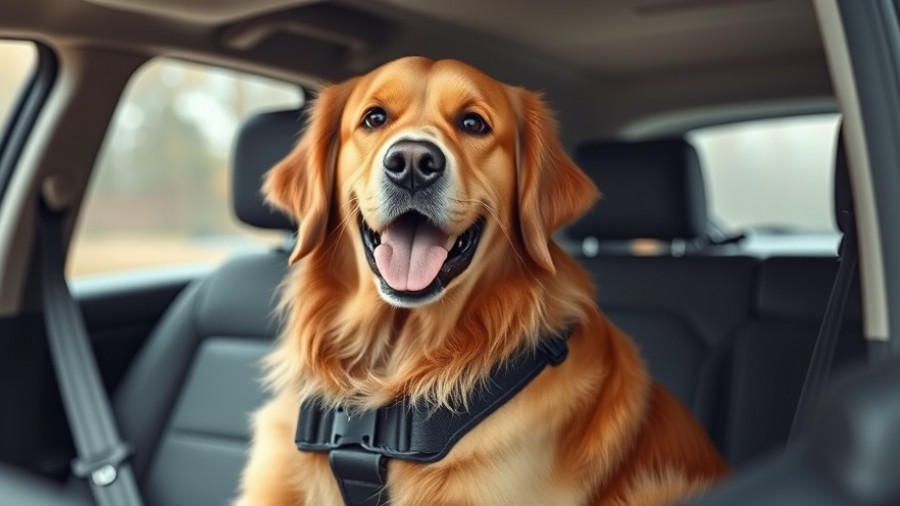
The Importance of Dog Safety Harnesses
Traveling with your furry friend can be one of life's great joys, but safety should always be your top priority. Did you know that over 30,000 pets are injured every year in car accidents in the United States? Properly using a dog safety harness can significantly reduce the risk of these injuries by up to 75%. With a safe harness, not only do you protect your pet, but also the passengers in your vehicle. After testing various options on the market, we are here to guide you in selecting the best dog safety harness for travel.
Types of Dog Safety Harnesses for Car Travel
When it comes to dog safety harnesses, there are primarily three types to consider, each designed with specific needs in mind:
- Chest and Back Clip Harnesses: These harnesses connect to your car’s seatbelt system and are ideal for calm dogs who won’t pull. Studies show that back-clip designs perform better in crashes by distributing force across the torso.
- Vest-Style Harnesses: Offering maximum coverage, these harnesses wrap around the dog’s body and provide better restraint compared to traditional collars. For example, the Sleepypod harness received a five-star safety rating from the Center for Pet Safety.
- Front-Clip Harnesses: While popular for walking, these harnesses are not safe for car travel. They can flip your dog forward during sudden stops, leading to neck or spine injuries.
Ensuring Harness Quality: What to Look For
While choosing the right type of harness is essential, the materials used in its construction are equally important. High-quality, automotive-grade materials are crucial for safety.
- Durability: Harnesses like the Clickit Sport use luggage-grade ballistic nylon to withstand crash forces without breaking.
- Reinforced Design: Look for harnesses with reinforced stitching and all-metal hardware to ensure they won’t fail under stress. Avoid harnesses with plastic components that may break during an accident.
CPS Safety Standards: Go for Certified Harnesses
The Center for Pet Safety is the only independent organization that conducts crash tests on dog harnesses using real crash test dummies. Only those that pass their rigorous evaluations gain certification, making them the most reliable options available. Brands like Sleepypod’s Clickit Sport and Clickit Terrain harnesses have successfully passed these safety tests, ensuring your dog will be safe in the event of an impact.
How to Properly Measure Your Dog for a Safe Fit
For maximum protection, ensure the harness fits your dog perfectly. Refer strictly to the manufacturer's sizing chart and follow their fitting recommendations closely. If your dog is in between sizes, it's best to opt for the larger size for a snug fit.
Training Your Dog to Use the Harness
Getting your dog accustomed to a new harness might require some dedication. Start by allowing your dog to wear the harness at home. Gradually increase the time they spend wearing it and follow up with short car trips to help them feel comfortable. Combing training with treats can help turn this experience into a positive one. Remember, the goal is to ensure your furry friend is secure during every journey.
In summary, investing in a high-quality safety harness is crucial for both your dog's safety and your peace of mind while traveling. With the right tools and training, you can ensure that every car ride is as safe as it is enjoyable.
 Add Row
Add Row  Add
Add 




Write A Comment